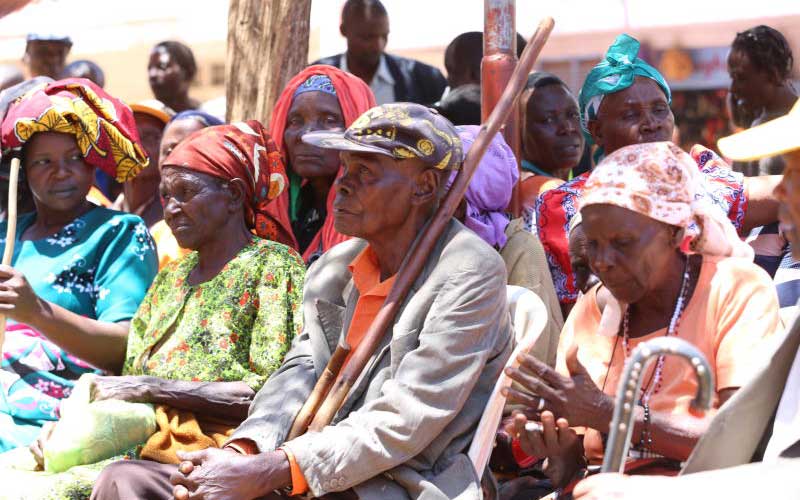×
The Standard e-Paper
Home To Bold Columnists

Kenya has more than tripled number of poor and vulnerable citizens currently benefiting from government-backed cash transfer programme.
World Bank’s latest project brief published on its website shows a rise in coverage of cash transfer in the country from 1.65 million in 2013 to 5 million Kenyans in 2019 to surpass a target of 4.2 million citizens.